New findings of ancient historical capital of the Nguyen Lords and Tay Son Dynasty
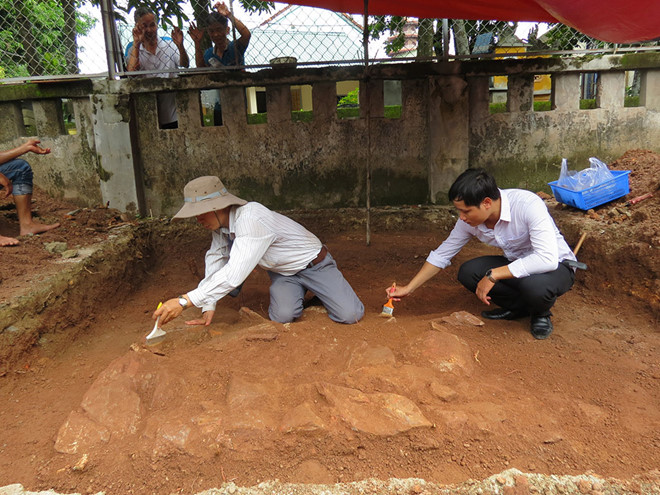 |
Illustrative image. Photo: Archeology Institute
The announcement was made at a conference held in the province by the provincial Historical Science Association on October 18.
Among 25 studies sent to the conference, 15 were presented with new information about Phu Xuan.
The new findings are about palaces and people in the past related to the role of Phu Xuan in politics, economy and culture.
Researchers and participants at the conference also discussed Phu Xuan as a capital under the reign of the Nguyen Lords (1600-1802) and Tay Son Dynasty (1786-1802).
New documents about the role of the ancient capital have been announced focusing on the Nguyen Lords and Tay Son Dynasty’s process of founding and protecting national sovereignty, territory, sea and islands, fighting against foreign invaders and national reunification.
The studies revealed Phu Xuan in the 17th century was a place for producing cannons using Portuguese technology through technician João Da Cruz.
Under the Nguyen Lords and Tay Son Dynasty, the capital was the centre for producing the local hoa ho (tiger fire), a type of explosive.
It was also home to modern and Western-style watch manufacturing and repairing through a workshop of Nguyen Van Tu, who brought the new technology after studying abroad in the Netherlands.
In addition, at the conference, researchers announced information about the intangible cultural values featuring the characteristics of Phu Xuan that need to be preserved and promoted.
Nguyen Anh Huy presented his findings on Phu Ao, the summer palace of the Nguyen Dynasty, now located near the lake area on Mac Dinh Chi Road, Hue city’s Phu Cat district. The findings contain historical information that needs to be archaeologically explored.
Researcher Tran Viet Dien also presented new findings about Tien Duc palace located in the area of the International Training Centre of Hue University at No 4 Le Loi street and the Information Technology Centre at No 6, Le Loi street.
One issue that attracted attention from participants was whether or not King Quang Trung’s Dan Duong and Dan Lang palaces were close to Thien Lam Pagoda on which the Vietnam Historical Science Association and the Archaeology Institute have previously conducted some archaeological explorations.
“Phu Xuan is the bridge connecting from north to south and it is spiritually regarded as the connection of the lifespan of the country from the past to present, from the royal wisdom to folklore culture, from the national cultural tradition to the current human civilisation. Without Phu Xuan, there would be no national territory like ours today because from Thuan Hoa, the Nguyen Lords had the powerful force enough to successfully complete their Southern annexation”, researchers Thai Quang Trung and Le Thi Hoai Thanh reported.
Speaking at the conference, Vice Chairman of the provincial People's Committee Phan Thien Dinh appreciated the researchers and their studies.
He said he hoped delegates and scientists would continue to do their research to objectively assess the history of the area.
“This will be a proper foundation for planning and implementation conservation and development policies for the present and the future of Thua Thien-Hue province,” said Dinh./.
VNF/VNA
Recommended
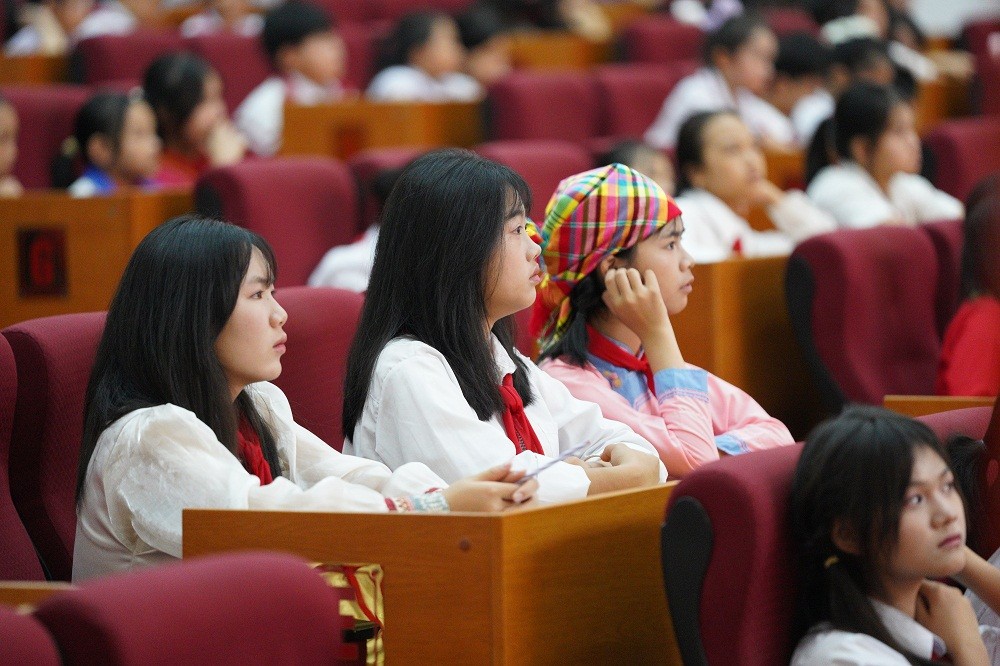 Viet's Home
Viet's Home
Lai Chau National Assembly, People's Council Delegates Hold Dialogue with Children
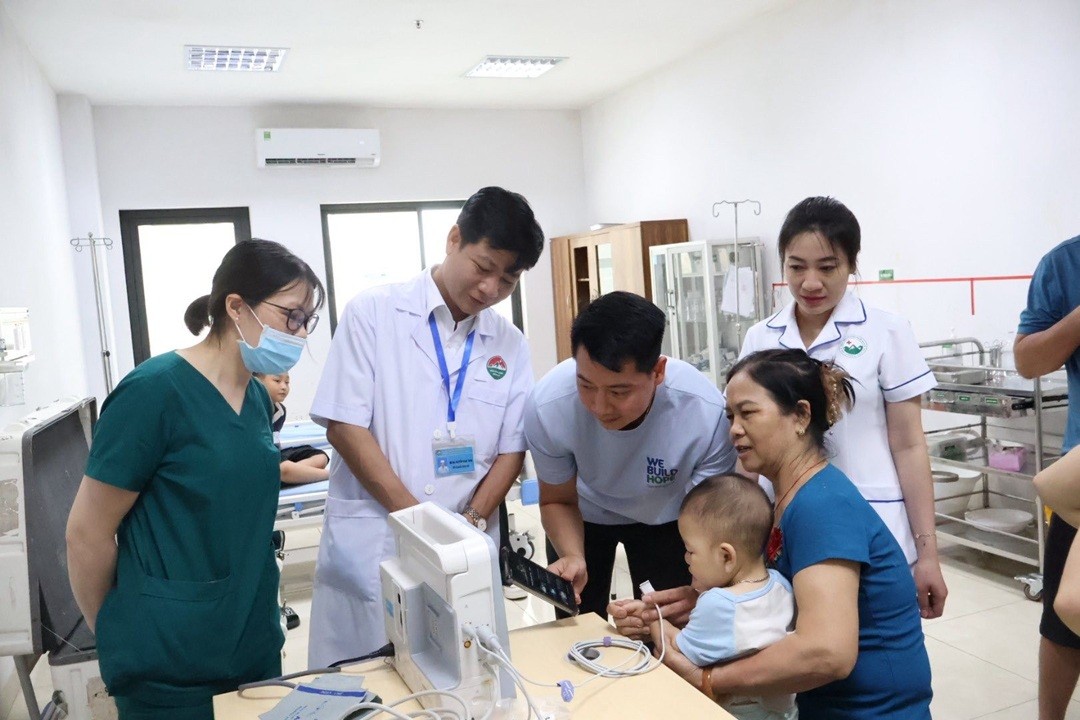 Viet's Home
Viet's Home
24 Children with Disabilities in Northern Provinces Received Free Surgery
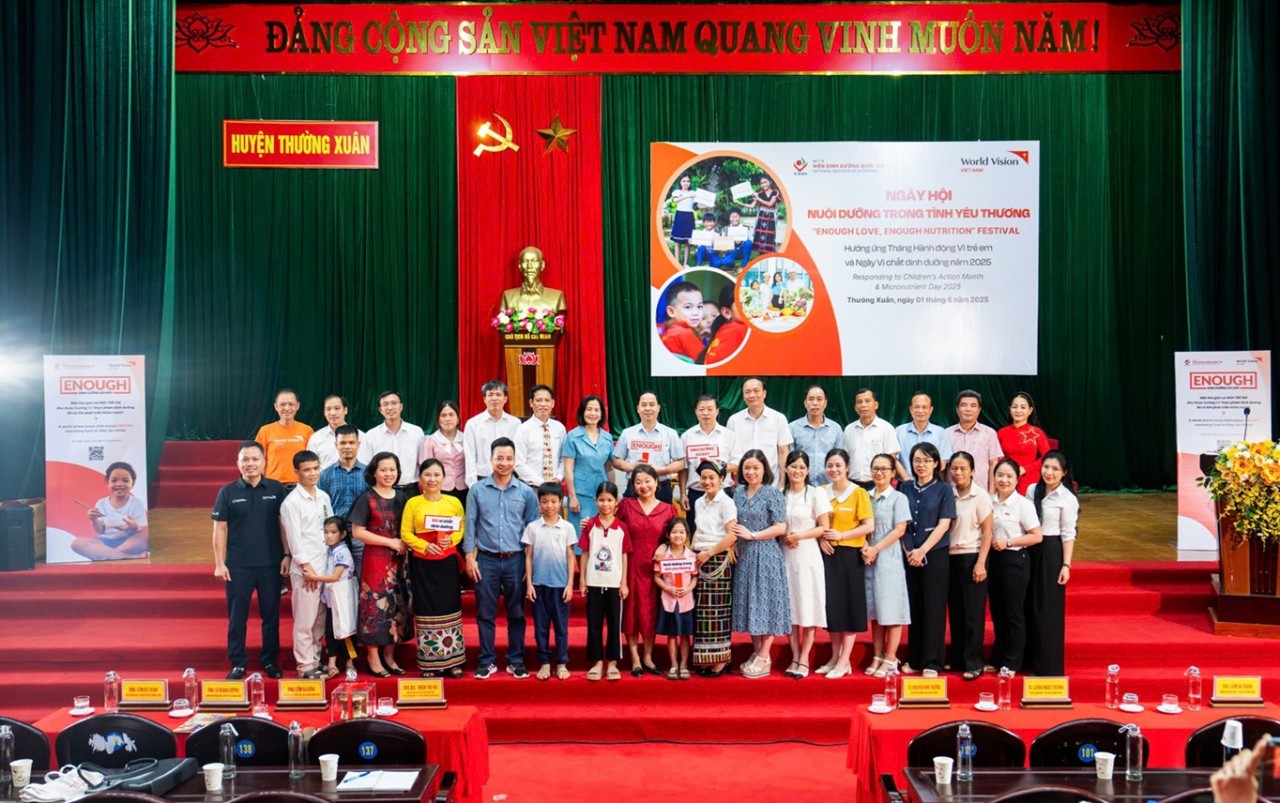 Viet's Home
Viet's Home
World Vision Promotes Comprehensive Nutritional Care for Vietnamese Children
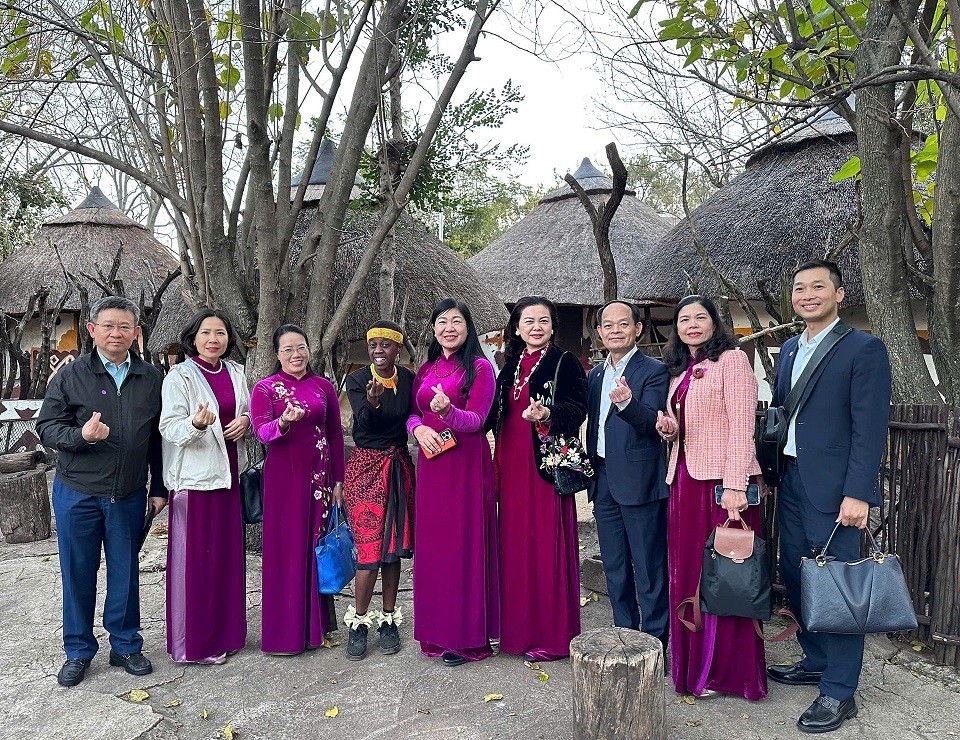 Viet's Home
Viet's Home
Hanoi, South Africa Strengthens People-to-people Exchanges, Expands Multi-sector Cooperation
Popular article
 Viet's Home
Viet's Home
Hue City to Raise Awareness on Mine Accident Prevention
 Focus
Focus
Vietnam Leaves Imprints on the World Peacekeeping Map
 Viet's Home
Viet's Home
“Global Vietnamese Singing 2025” - Connecting Hearts Longing for Homeland
 Viet's Home
Viet's Home



